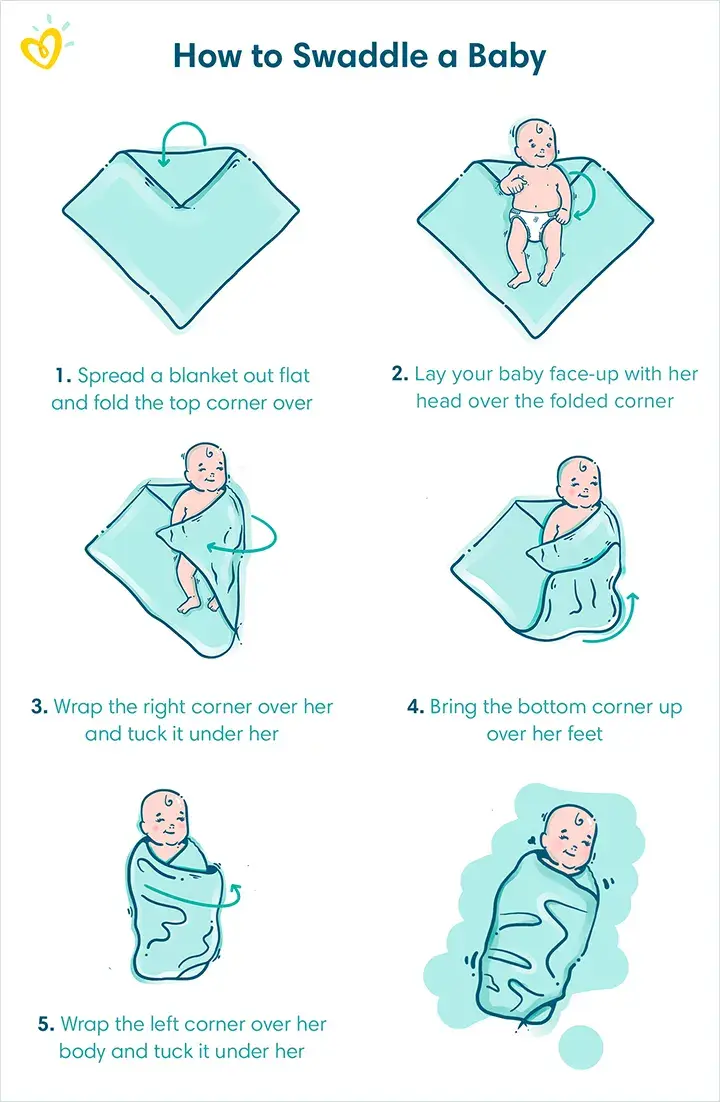Let's Talk About Sleep - No. 2
- Nya Renee
- May 10, 2023
- 4 min read
Updated: May 22, 2023

Welcome back, friends! We’ve got some more tips and tricks to get everyone back on their way to sleeping through the night! Last time, we talked about the importance of having babies sleep on their back. If you missed it, take a peek at our last post: Babies Must Always Sleep on Their Back.
This week, we’re going to go over a few tips for creating a safe sleep environment for your newborn baby.
The Crib
First thing’s first… setting up your crib properly is not only necessary for safe sleeping, but it’s the starting point for creating a safe sleep environment. Assuming you feel good about getting through the complicated instructions on assembling your crib and it’s standing up straight… let’s get into some particulars about the crib.
Place the crib on an inside wall in the nursery. When you’re configuring your nursery, start with the placement of the crib. Ideally, you want to put the crib against an inside wall. This will allow better control of the temperature your baby will be sleeping in. If the crib is on an outside wall, it will be warmer or cooler depending on the time of day and the season. Bearing in mind functionality and aesthetics, place your crib on an inside wall and place the rest of your furniture around that.
You may be thinking about using a bassinet in your room for the first few weeks that you bring your newborn home, and that’s totally fine! However, we encourage all our parents to transition their newborns into the crib in their nursery around 3 months old depending on your baby and your comfort level. As you begin sleep training, it’s important for your newborn to feel safe and comfortable in their crib, because that’s where you’ll be teaching them to self-soothe and sleep through the night. The more time they spend in the crib, the less intimidating it will be and the more it becomes their own little safe space that they learn to love.
Make sure the crib sheet fits tightly on the mattress. It’s crucial that your crib sheet fits tight and snug to your crib mattress. The reason is to avoid your baby getting tangled or caught in the loose fabric. Newborn babies do not have the ability to free themselves and it’s possible for them to suffocate in the loose sheet. When purchasing the long list of things you need for your baby, be sure to include crib sheets that are properly sized for your crib to avoid any hazards.
In the same thinking… do not put anything in the crib! No blankets, no teddy bears, no nothing! Just as a baby may get caught in a loose sheet, they can also get caught in blankets or against fluffy, stuffed animals and not be able to free themselves to breathe. It may be cute, but it’s just not safe. They can play with their cute animals when they’re a little older. If you’re thinking, “What if they get chilly?”... or, “That surely doesn’t seem very comfy?”, then you’re right on time for our next tip… swaddling!
Swaddles
While it’s not likely that your baby will get cold without having anything in their crib, swaddles have more benefits than just keeping them warm. It reminds your baby of being in the womb, where they felt safe, secure, and cozy. The swaddle will also help to calm them making it easier for them to drift off into sleep, while you’re sleep training.
It’s very easy to purchase a swaddle that you can quickly and easily wrap your baby in, or you can also wrap them up in a muslin swaddle cloth. Here’s a great infographic and article from Pampers on How to Swaddle a Baby using the muslin cloth.
Keep it Cozy
Speaking of cozy, there are a few things you can do in the nursery to further aid your baby in sleeping comfortably.
Blackout Curtains are a great way to help regulate the temperature and darkness of the room. Just like us, babies don’t like to sleep in bright, hot rooms. A room temperature of about 72-74F is a good starting place for your nursery. Blackout curtains are an easy and efficient way to keep the room dark during daytime naps and to help reduce any warmth that may be coming in from the sunlight. Newborns should be napping multiple times a day, so it’s important to keep that environment as consistent as you can during the day and into the night.
Consider Purchasing a White Noise Machine. You may be tempted to tip-toe around the house and shoosh everyone who even thinks about making a peep after you’ve put your baby down for a nap, but save yourself just a little headache and try a white noise machine. The low hum will help to drown out some of the noise of regular household movement and can help to calm your baby into a good sleep.
We hope you try some of the tips above to create a safe and comfortable sleep environment for your newborn! By taking it step by step and implementing these tips, you’ll be back on your way to a good night’s sleep sooner than you thought possible! We’ll be back in a couple weeks to talk about setting up and following through on consistent schedules, because that’s the meat and potatoes of sleep training!




